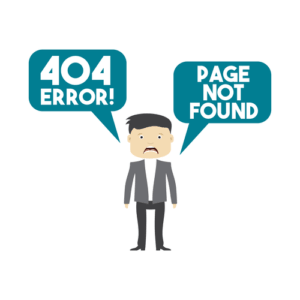
So, the average total equity is $102,252 which we can use to calculate the return on equity ratio. Average total equity is the average carrying value of equity that are recorded on the balance sheet at the different reporting dates. Usually, the carrying value of equity at the end of the previous year and those at the end of the current year are used in the calculation to find average total equity on the balance sheet. Since repurchased shares can no longer trade in the markets, What is bookkeeping treasury stock must be deducted from shareholders’ equity.
Importance of the Equity Equation

The equity being offered to common shareholders by a company is known as common equity. Common equity can be calculated by deducting proffered equity from the shareholders’ total equity calculated by the company’s financial statements. Shareholder equity (SE) is a company’s net worth and it is equal to the total dollar amount that would be returned to the shareholders if the company must be liquidated and all its debts are paid off. Thus, shareholder equity is equal to a company’s total assets minus its total liabilities.
Private Equity
- Conceptually, the enterprise value to equity value bridge isolates the residual value of a company belonging solely to shareholders in the company’s common equity.
- Examining the return on equity of a company over several years shows the trend in earnings growth of a company.
- This is how potential investors can understand how lucrative it will be to invest in a particular company as a common shareholder.
- In 2021, the share repurchases are assumed to be $5,000, which will be subtracted from the beginning balance.
- Total Equity is an important element in various financial ratios, giving insight into a company’s financial health and performance.
Dividend recapitalization—if a company’s shareholders’ equity remains negative and continues to trend downward, it is a sign that the company could soon face insolvency. Generally speaking, the differential between the equity value and enterprise value of a company tends to increase the greater its market share and the longer the company is positioned as a market leader—i.e. With a track record of profitability and strong free cash flow)—as debt financing becomes more readily available and “cheaper” for such borrowers with total equity formula less credit risk.
- David is comprehensively experienced in many facets of financial and legal research and publishing.
- The excess value paid by the purchaser of the shares above the par value can be found in the “Additional Paid-In Capital (APIC)” line item.
- The Equity Value is the total value of a company’s stock issuances attributable to only common shareholders, as of the latest market close.
- Total equity represents the cumulative value of ownership in a company, while net income refers to earnings generated during a specific period.
- Share capital is the money a company raises by selling its shares to shareholders in exchange for cash.
- Of the 50.4 million shares authorized, the company had issued roughly 15.1 million shares.
Stockholders’ Equity: What It Is, How to Calculate It, Examples
Successful investors look well beyond today’s stock price or this year’s price movement when they consider whether to buy or sell. Stockholders’ equity is also referred to as shareholders’ or owners’ equity. Adam Hayes, Ph.D., CFA, is a financial writer with 15+ years Wall Street experience as a derivatives trader.

What Is Stockholders’ Equity?

Companies will generally disclose what equivalents Car Dealership Accounting it includes in the footnotes to the balance sheet. Positive shareholder equity means the company has enough assets to cover its liabilities. Negative shareholder equity means that the company’s liabilities exceed its assets. SE is a number that stock investors and analysts look at when they’re evaluating a company’s overall financial health. It helps them to judge the quality of the company’s financial ratios, providing them with the tools to make better investment decisions.
The company uses this account when it reports sales of goods, generally under cost of goods sold in the income statement. Enter your name and email in the form below and download the free template now! You can use the Excel file to enter the numbers for any company and gain a deeper understanding of how balance sheets work. During a liquidation process, the value of physical assets is reduced and there are other extraordinary conditions that make the two numbers incompatible. This is the percentage of net earnings that is not paid to shareholders as dividends.
- In the stock market, shareholders’ equity (or owners’ equity for privately held companies), represents the difference between a company’s assets and liabilities.
- In the initial phases of a start-up business, equity is typically low or even negative.
- If we rearrange the balance sheet equation, we’re left with the shareholders’ equity formula.
- It is calculated either as a firm’s total assets less its total liabilities or alternatively as the sum of share capital and retained earnings less treasury shares.
- The higher the ratio, the stronger the indication that money is managed effectively and that the business will be able to pay off its debts in a timely way.
- Return on equity is a measure that analysts use to determine how effectively a company uses equity to generate a profit.
Incorrectly classifying assets or liabilities can lead to errors in calculating equity. It is crucial to accurately categorize assets and liabilities as current or non-current and to include all relevant items in the balance sheet. Failure to do so can result in misrepresentation of the company’s equity position. Business growth can have a positive impact on equity as it often leads to increased revenues, profits, and asset values. Conversely, business decline or financial challenges can have a negative impact on equity as it may result in reduced revenues, losses, and asset write-downs. As a business grows and becomes established, its equity position usually strengthens.
wordpress theme by initheme.com
